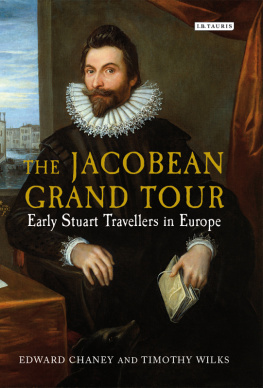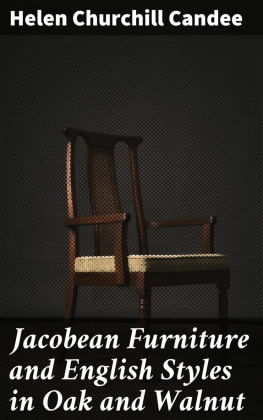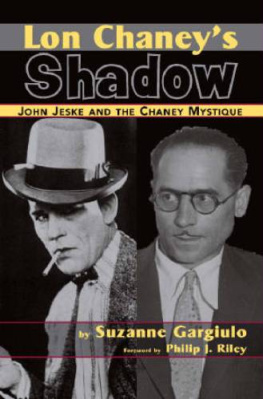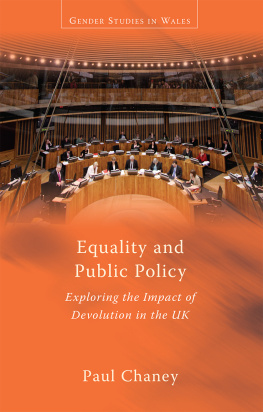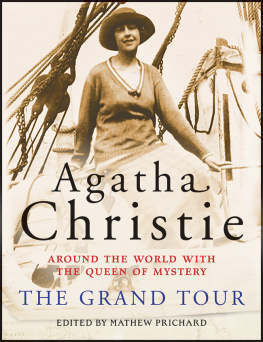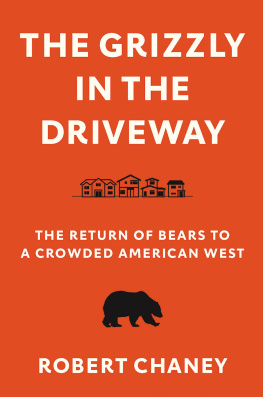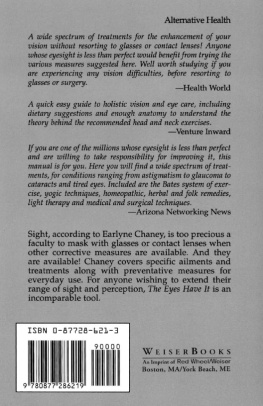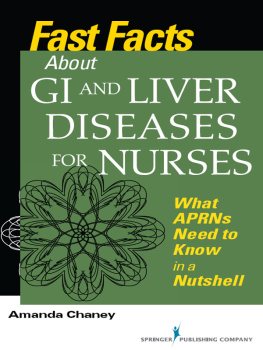Edward Chaney , PhD, FSA, FRHistS is Professor of Fine and Decorative Arts and Chair of the History of Collecting Research Centre at Southampton Solent University. He is the author of The Grand Tour and the Great Rebellion ; A Travellers Companion to Florence ; The Evolution of the Grand Tour ; The Evolution of English Collecting and Inigo Joness Roman Sketchbook . He is a Commendatore of the Italian Republic, Visiting Professor of Art History at the New College of the Humanities, and Consultant Editor to The Grand Tour : Adam Matthew Digital.
Timothy Wilks , DPhil, Dip. Hist. Art (Oxon), FRHistS is Professor of Cultural History at Southampton Solent University. His books include Of Neighing Horses and Trumpets Shrill: A Life of Richard 1st Lord Dingwall and Earl of Desmond and, as co-author, The Lost Prince: The Life and Death of Henry Stuart and Prince Henry Revived: Image and Exemplarity in Early Modern England . His other recent publications include studies of the Irish Catholic Earl of Clanricard and the early Stuarts, and of English court involvement in the 1632 plundering of Munichs art treasures by the Swedes.
Published in 2014 by I.B.Tauris & Co. Ltd
6 Salem Road, London W2 4BU
175 Fifth Avenue, New York NY 10010
www.ibtauris.com
Distributed in the United States and Canada Exclusively by Palgrave Macmillan 175 Fifth Avenue, New York NY 10010
Copyright 2014 Edward Chaney and Timothy Wilks
The right of Edward Chaney and Timothy Wilks to be identified as the authors of this work has been asserted by the authors in accordance with the Copyright, Designs and Patents Act 1988.
All rights reserved. Except for brief quotations in a review, this book, or any part thereof, may not be reproduced, stored in or introduced into a retrieval system, or transmitted, in any form or by any means, electronic, mechanical, photocopying, recording or otherwise, without the prior written permission of the publisher.
ISBN: 978 1 78076 783 3
eISBN: 978 0 85773 531 7
A full CIP record for this book is available from the British Library
A full CIP record is available from the Library of Congress
Library of Congress Catalog Card Number: available
To come suddenly on a Saracen tower on a lonely hillside, amongst the rosemary and thyme of the Alpilles or amongst the great congeries of towers Roman and mediaeval of the great outer walls of Carcassonne is to feel a singular emotion of the enlargement of the horizons of my world.
(Ford Madox Ford, Provence: From Minstrels to
the Machine [Philadelphia, 1935], pp. 11819)
So wrote the ageing Ford Madox Ford more than three centuries after the young Lord Cranborne referred to the same sweet-scented scenery and the antiquities in and around Carcassonne that he and his companions encountered while travelling through Provence. Fords response to the Mediterranean world owes more than is usually recognized to the cultural legacy of the Grand Tour which these and other Jacobean travellers established as an educational institution. These early Tourists did not, however, feel a singular emotion quite as Ford did; nor indeed did they feel such non-specific emotion as post-Romantics tend to. In reviewing the long history of European travel undertaken for self-improvement (in the wake of the discrediting of pilgrimage), changes in the nature of aesthetic response may be attributable not so much to different experiences as to a new subjectivity, partly the legacy of the Reformation and the humanism that gave rise to it. For how individuals feel at the moment of encounter and discovery is in part conditioned by their comprehension of the nature of feelings and thus, ultimately, of faith.
It is during the first quarter of the seventeenth century the period covered by this book that shifts in the perception of the self, transiting from a Medieval to Modern mentality, became most evident. It was the Modern (post-Renaissance) self that sought, as Ford puts it, to enlarge the horizons of the personal world. Stimulus of the senses and exercise of the imagination were and still are the means to this and, where the British were concerned, continental travel played the crucial role in facilitating both.
The Early Moderns adapted the word emotion from its original migratory meaning to emerge as an expression of passion, thus subordinate to it, as it is becoming in Eikon Basilike , where Charles I says: no disdain, or emotion of passion transported me [] to do or say any thing, unbeseeming my selfe. Charless saintly self-control is explained by his following of the example of Christ. Such restraint accords with accounts of Charless personality and yet we know that he permitted himself at least one barely controlled passion, that for art, which led him to amass one of the greatest collections of the age. This love of art took hold of him, significantly, during his only venture into continental Europe: his incognito visit, via France, to Madrid, for reasons of both state and passion.
Passion, as the counterpoint to reason, was recognized by the Ancients and again in the Renaissance, thence thoroughly examined by the Early Moderns, most magnificently by Shakespeare. It could bring down both men and states, as John Finet, who features prominently in this book, articulated in his translation of a Savoyard treatise: The Beginning, Continuance, and Decay of Estates , which no doubt provided a favourite theme while he acted as governor to Lord Cranborne on his continental tours. Finet writes of mans inconstancy; his propensity to depart from a settled and rational course and his capacity to subvert order and authority from within. Though Finets case study, safely enough, focuses upon the Ottoman Empire, its applicability to Western Europe would have seemed obvious to contemporaries, who were at least as anxious about the threat posed by Catholics and Protestants to each other as they were about the then merely external threat from Islam. Passion was regarded as generally unwelcome and dangerous, at least to men of propriety like Finet, albeit less so to other Jacobean travellers who appear in these pages, the likes of Lord Roos, Tobie Matthew and the Sherley brothers. How, then, given its capacity to arouse the passions, might we account for the encouraged engagement with art that became ever more dominant an ingredient of the Grand Tour? Both Inigo Jones and Henry Peacham articulated awareness of the power of the visual arts, and another protg of that great patron and pioneering Grand Tourist eventually known as the Collector Earl of Arundel, Franciscus Junius, first published the term lovers of art in 1638 in his Painting of the Ancients . This had perhaps come into parlance a little earlier, replacing the make-do Dutch term, liefhebber . The answer may lie in Platonic notions of art as a contemplative passion which was spiritually superior to the love of mere mortals. Certainly high-minded men of self-control such as Charles I and the famously reserved Lord Arundel could be both uxorious and avid collectors without being led (like contemporary canvas-ripping, statue-decapitating, Protestant extremists) into emotional or misplaced passion.
Writing from Constantinople in 1850, Flaubert disagreed with his uncles contention that travel changed a man, echoing instead Horaces dictum about the heavens changing rather than the person: As I set out, so shall I return, except that there are a few less hairs on my head and considerably more landscapes within it. We find, however, plentiful instances of early seventeenth-century travellers and exiles on the Continent engaged in what has been called self-fashioning. In the context of touring and/or foreign residence, this play with identity remains under-studied as does that most radical act of self-fashioning: conversion. Religion looms large in this study and Catholics, crypto-Catholics, Church-Papists and apostates are present in significant numbers, for which we make no apology. They are here because they were there and profoundly affected the course of history. Whereas the artistic progressives of the mid-sixteenth century tended to be humanist advocates of the new religion, the artistically aware successors of William Thomas, Sir Philip and Thomas Hoby in the early seventeenth, tended, like the Rutlands and the Arundels, to maintain the old. Meanwhile, with the support of Anne of Denmark and her less discreetly Catholic, foreign-born successors as Queens of England, the old religion became ever more fashionable, to the point of provoking Civil Wars or so-called Glorious Revolutions. Only after the latter did Protestantism come to dominate the Grand Tour and give it the Whiggish flavour with which it is associated in its fully-fledged, art-focused, eighteenth-century form. From this perspective, the finickety Master Finet and the good Doctor Lister are as representative of the new Great Britain as of the Grand Tour that became one of the most remarkable cultural phenomena of all time.


